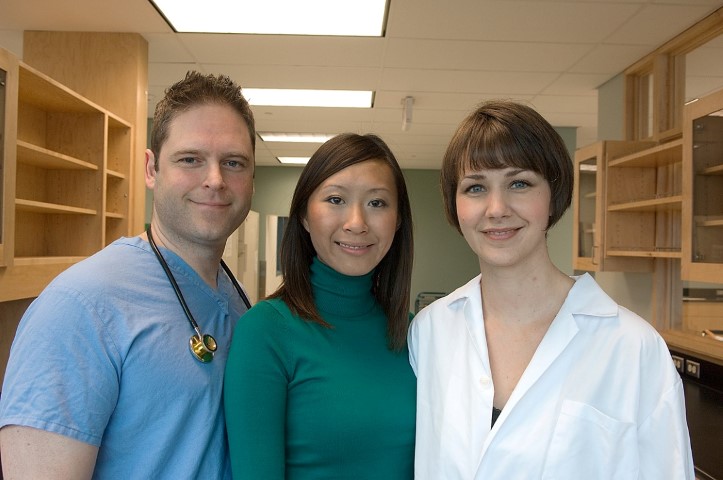Note that your final mark will not be saved in the system.
A4 Multidisciplinary working GapFill
You must fill all the gaps before clicking ‘Check Answers!’

Multidisciplinary bring together professionals from different areas, such as social work, nursing, physiotherapy and occupational therapy. This joined-up working enables professionals to work more effectively with individuals whose needs and circumstances are , because they will require coordinated , care planning, decision-making and support in order to improve or maintain service users' . This is particularly true for individuals with short-term intensive needs, such as those who need either in hospital or in the community, or who require palliative care, or individuals with longer-term complex needs, such as individuals with long-term chronic health conditions, individuals with learning or individuals with mental health needs.
The aim of a multidisciplinary team is to offer support in a manner so that patients do not experience disruptions or as various practitioners get involved in their support. The make-up of a multidisciplinary team will depend on the area of work or the particular needs of the they support. For example, community health teams for older people are likely to be made up of a psychiatrist, an , a psychologist, a social worker, a community psychiatric nurse and support workers who provide home support.
Multidisciplinary teams are invaluable to the individual who receives them when they are seamless and coordinated and when there is good between team members who are aware of what is being undertaken and the goals and outcomes being worked towards. Working together can involve regular meetings to create the care plans so that each knows what the other's role is. When a team approach is used, there is also shared , so decision-making is not dependent on one person and costs will be shared so that money, human resources and materials can be saved.
Joined-up working should be undertaken as part of a wider, holistic approach to care provision. Taking approach means recognising the service user as a whole person, and not just their condition or most obvious health needs. Care should look to improve other aspects of people’s circumstances, such as their intellectual, emotional and social needs.